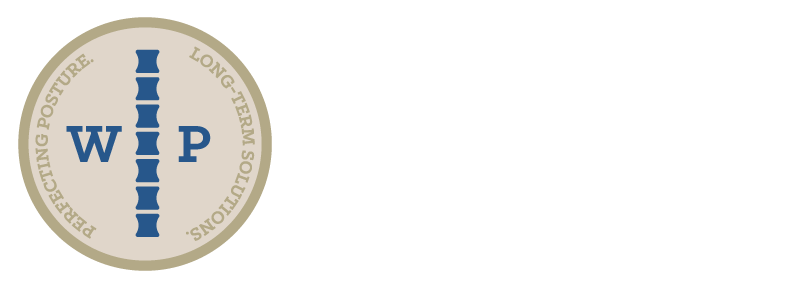Straight Back?
CHIROPRACTIC BIOPHYSICS MANAGEMENT OF STRAIGHT BACK SYNDROME AND EXERTIONAL DYSPNEA: A CASE REPORT WITH FOLLOW-UP
Miles Fortner Paul Oakley Deed Harrison
September 2019
Abstract
Objective: To discuss a patient with increased thoracic spine kyphosis and improved exertional dyspnea who received Chiropractic BioPhysics® corrective treatments.
Clinical Features: An 18-year old male had back pain and exertional dyspnea. Radiographic assessment revealed a significant reduction in thoracic spine curve. Straight back syndrome is the loss of the physiologic thoracic kyphosis and is associated with back pain as well as the more serious compression of the heart and lungs. There is a paucity of data on non-surgical treatment options.
Intervention and Outcome: Treatment was aimed at increasing the thoracic curve using Chiropractic BioPhysics technique methods, including thoracic hyper-flexion traction and exercises as well as spinal manipulation. An assessment after 24 treatments over a 9-week period showed a 15° increase in thoracic kyphosis as well as a substantial decrease in pain and exertional dyspnea symptoms and improvements in disability and quality of life questionnaires. A 4-month follow-up indicated the patient had stability of the structural correction and remained well.
Conclusion: This case demonstrates the improvement in both straight back syndrome and cervical hypolordosis corresponding to improvements in back pain and classic exertional dyspnea commonly associated with this disorder. Straight back syndrome is a serious health disorder that may be improved by the non-surgical multimodal spinal rehabilitation methods employed in CBP technique. Routine radiography is necessary to quantify the subluxation and monitor treatment progress.
Need to contact us for an assessment to correct this type of pain or dysfunction? Call now or visit our contact page.
